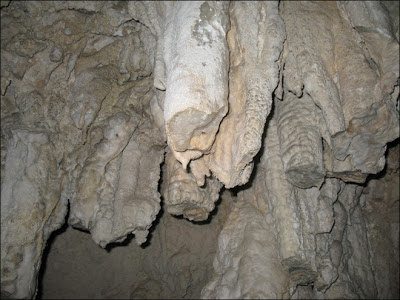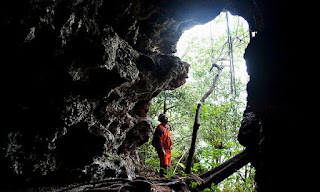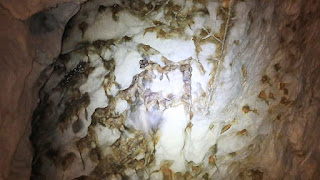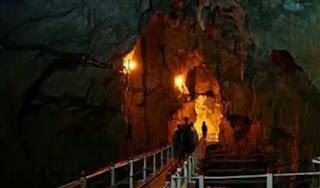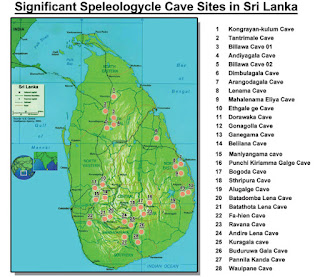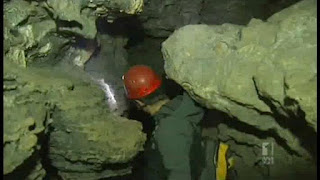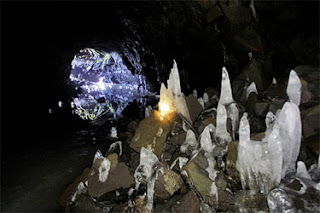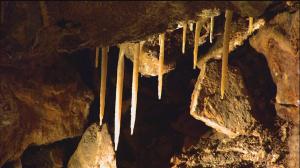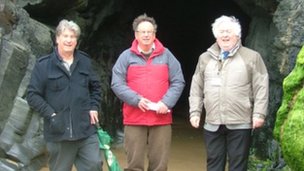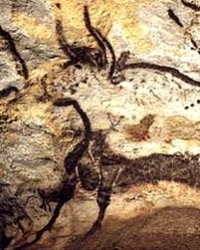There are 352 caves recorded in Central Visayas since 1994 and the Department of Environment and Natural Resources (DENR) 7 wants them to be well protected.
DENR 7 Executive Director Maximo Dichoso said the caves contain unique mineral formations and are home to highly diverse plant and animal species.
He said the caves have educational, cultural, historical and aesthetic values that must be preserved.
“Caves serve special purposes, such as sites for educational tour, exploration, survey and mapping, scientific research and venues for cultural and religious practices,” he added.
The DENR’s Protected Areas, Wildlife and Coastal Zone and Management Services (PAWCZMS) said 352 caves have been recorded since the implementation of the Caves Management and Conservation Program in the region in 1994.
Bohol has the most number of caves with 190 or 53.98 percent, followed by Cebu with 146 caves or 41.48 percent. Siquijor has 10 and Negros Oriental has six recorded caves.
Republic Act 9072 or the National Caves and Cave Resources Management and Protection Act requires the DENR to “formulate, develop and implement a national program for the management, protection and conservation of caves and cave resources.”
The protection and management of caves should be implemented in cooperation with the National Museum, National Historical Institute, the Department of Tourism and concerned local government units.
Dichoso warned people against “destroying, disturbing, defacing, marring, altering, removing or harming” any part of a cave or extracting plants and animals within it.
He said gathering, collecting, possessing, consuming, selling or exchanging any resource from any cave is prohibited by law.
Source: Published in the Sun.Star Cebu newspaper on April 01, 2012.
